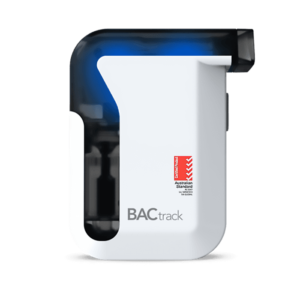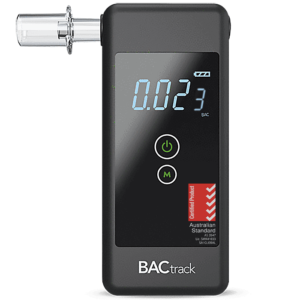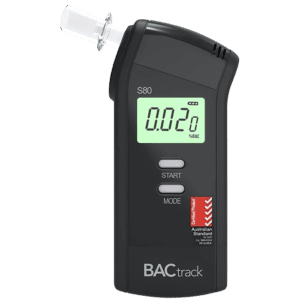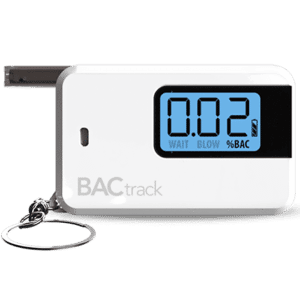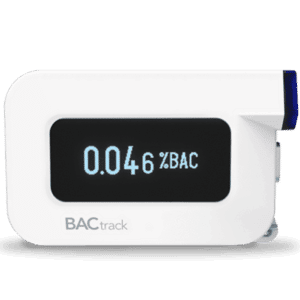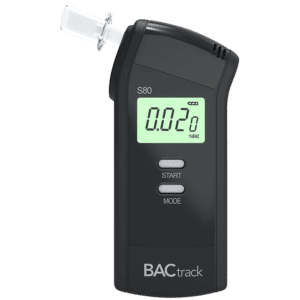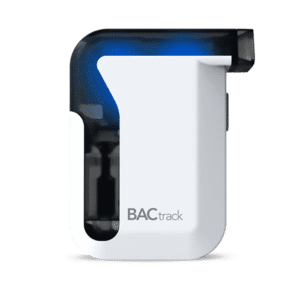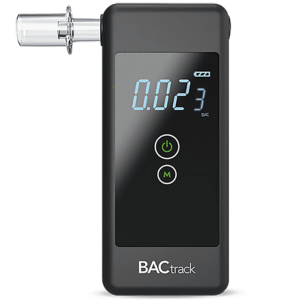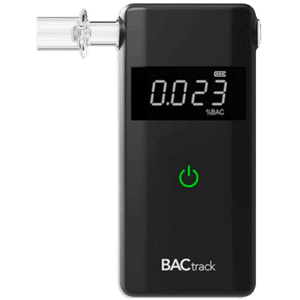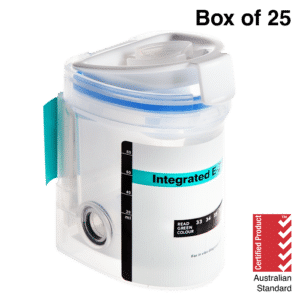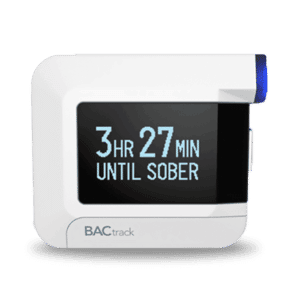Alcohol Testing in the Workplace: Overview & Legal Implications
18 April, 2024

Alcohol testing in the workplace is a standard practice for many companies, especially in industries where safety is paramount. It is a way for employers to identify employees who are intoxicated or unfit for work. The test involves collecting a biological sample, usually breath or urine, and analysing it for the presence of alcohol. Organisations with zero-tolerance policies may impose disciplinary actions on those with positive test results. Individuals may face suspension or even termination.
Excessive alcohol consumption can severely impair judgment, perception, and coordination. It can lead to accidents and injuries due to the decreased ability to carry out tasks safely. In addition, alcohol misuse can impact work performance in the long run. Therefore, organisations established alcohol policies to ensure the safety and productivity of employees. This article will present an overview of alcohol testing at work, the types of alcohol tests, and the possible legal implications for employers and employees.
Overview of Alcohol Testing in the Workplace
Alcohol testing in the workplace refers to the process of conducting tests to determine whether an employee has consumed alcohol. The primary purpose of the test is to ensure a safe working environment by minimising the hazards associated with intoxicated employees. It can also help identify individuals struggling with Alcohol Use Disorder (AUD) or addiction.
Before conducting any test, companies need to establish a clear and comprehensive alcohol policy. It is a set of rules and regulations regarding alcohol use and expected behaviours from employees. It also outlines the reasons or circumstances for testing, the testing procedures, and the consequences of positive results. The policy must also adhere to safety legislation and industry standards.
Alcohol testing is often done during the pre-employment stage to screen potential employees. It is also a crucial test after an accident to determine if alcohol use is a contributing factor to the incident. Additionally, many companies randomly test employees to identify current impairments or deter alcohol misuse. Lastly, employers may conduct testing based on reasonable suspicion.
Importance of Alcohol Testing
- Workplace safety: Identifies and monitors employees who are under the influence of alcohol. It prevents accidents due to intoxication or impairment.
- Health and well-being: Alcohol misuse can lead to a wide range of health issues, such as liver damage, heart disease, and mental health problems. By testing for alcohol consumption, employers can intervene early and provide resources for those struggling with addiction.
- Work performance: Alcohol use can impair cognitive function, leading to reduced productivity. Ensuring sober and fit employees ensures they can effectively fulfil their responsibilities.
- Legal compliance: Enables companies to meet safety laws, avoiding liability costs and other legal issues.

Types of Alcohol Testing in the Workplace
Employers can choose from different types of alcohol testing in the workplace depending on their needs or specific requirements. Each test has its advantages and limitations. The standard method is the alcohol breath test. It utilises a breathalyser device that measures the Blood Alcohol Concentration (BAC). The procedure is non-invasive and provides results within seconds.
The second type is the urine test. Urine samples can trace alcohol metabolites, such as Ethyl Glucuronide (EtG) and Ethyl Sulfate (EtS). It has a detection window of up to three days. In some cases, employers use saliva tests to detect recent alcohol consumption. It has a shorter detection period of 12 hours. It has become popular due to its ease of use and easy sample collection procedure.
Moreover, blood tests are the most accurate method, as they directly measure the legal blood alcohol level. However, blood testing is the most invasive and requires a trained professional to draw the blood sample. It is suitable in situations where legal or medical consequences are involved. Lastly, the hair test can confirm suspected long-term harmful use of alcohol, typically in the past 90 days.
Can an Employee Refuse a Test?
Employees can generally refuse a test, but there may be consequences depending on workplace policies. If an employer has a clear policy that requires workers to submit to alcohol testing, refusing to do so could result in disciplinary action. Additionally, employees with safety-critical roles may be subject to mandatory testing as part of federal regulations.
Furthermore, refusing an alcohol test may be viewed as insubordination. Employers conduct this test as a safety initiative to minimise accidents and prevent alcohol abuse. However, employees may seek an exemption if they have certain medical conditions that could interfere with the test results.

Legal Implications of Alcohol Testing in the Workplace
Alcohol testing in the workplace can have legal implications. It is essential for employers to navigate these issues carefully to avoid legal liabilities. One consideration is the need to comply with local laws and regulations. Some jurisdictions may have specific requirements or limitations on how and when to conduct alcohol screening. Thus, employers should ensure they are adept with these laws and follow them accordingly.
Another legal aspect is the privacy of employees. Given the intrusive nature of alcohol testing, companies should follow strict protocols to protect the personal information of their workers. It includes handling alcohol and drug test results with confidentiality. Moreover, employers need to be mindful of potential discrimination issues. Onsite testing should be applied fairly and without bias. Wrongful discharge and discrimination may lead to legal problems.
Obtaining employee consent is also vital before conducting an alcohol test. It ensures that individuals know the purpose of the test and the potential consequences. Most company policies impose disciplinary actions if an employee tests positive for alcohol use.
What Happens After a Positive Result?
Obtaining a positive result can lead to sanctions, including warnings, suspension, and dismissal for breaches of the policy. The specific actions may vary depending on the severity of the result and the nature of the job. For instance, if the consumption of alcohol compromises the safety of workers, companies may impose harsh penalties.
It is vital for organisations to conduct confirmatory testing verified by a Medical Review Officer (MRO) to prevent false positive instances. Furthermore, employers may also offer treatment resources for employees with alcohol or substance abuse disorders. Through the Employee Assistance Program (EAP), individuals can seek help and restore their credibility.
Conclusion
In conclusion, alcohol testing in the workplace is an essential tool for ensuring the safety and well-being of employees. It is a proactive measure that aims to reduce the risk of alcohol consumption, such as injuries and other safety issues. Regular testing also helps maintain workplace productivity and efficiency in the long run. Additionally, there are various types of alcohol testing methods. The common ones are breath, urine, saliva, blood, and hair tests.
Organisations must consider several legal implications before conducting an alcohol test. It includes having a comprehensive alcohol management plan and its robust application. Complying with local laws is also vital to avoid legal issues. Respecting privacy laws and obtaining consent are essential components of a company policy. Moreover, employees must be aware of the consequences of violating these policies. Overall, implementing workplace testing programs aims to create a safe, healthy, and productive workplace.


















